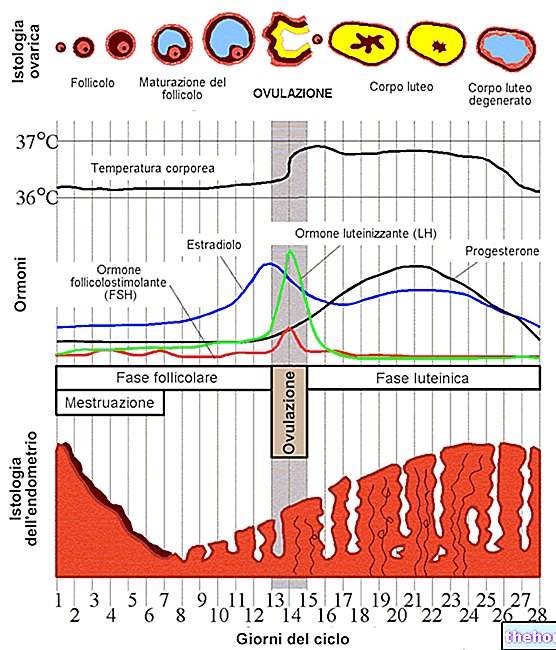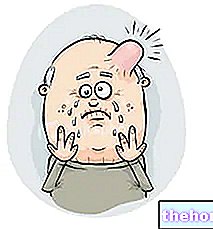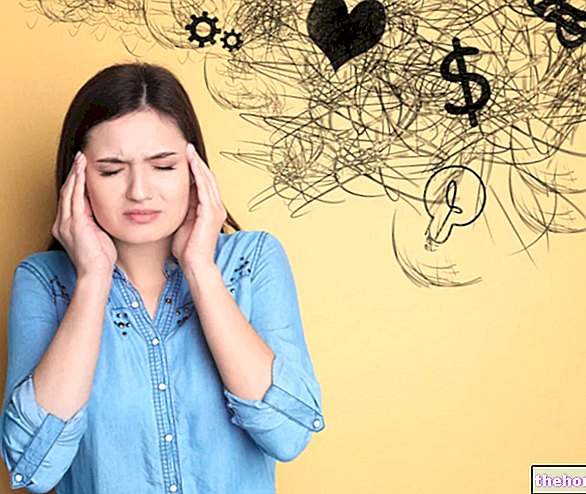Causes
Trauma is the main cause of cervical hernia; among these we remember: increased loads on the spine, whiplash, inclination of the vertebrae, weakening of the disc caused by aging, cervical spondylosis.
Symptoms
The main symptom of cervical hernia is pain in the neck (cervicalgia) which tends to radiate down the arm (brachialgia). The pain can be accompanied by secondary symptoms: weakness of the upper limbs, tingling arms, headache and impaired spinal cord (myelopathy).
Diagnosis
A cervical hernia is confirmed by multiple diagnostic tests: CT, MRI, neck x-ray, myelography, discography, electromyography.
Treatment and therapy
- Conservative therapy (indicated for mild hernias) → intake of NSAIDs, corticosteroids, muscle relaxants, use of the cervical collar, physiotherapy
- Surgical therapy (for severe forms of cervical hernia) → anterior and posterior discectomy
A little anatomy to understand ...
The cervical spine is made up of 7 vertebrae articulated together in different ways; these vertebrae are identified with the letter C, and progressively numbered from C1 to C7.
The first and second cervical vertebrae - named respectively atlas and axis - they constitute the upper cervical spine: in this area there is no "intervertebral disc, therefore it is not possible for a" herniation to be created.
Cervical hernias, on the other hand, can establish themselves in the lower cervical spine, consisting of the remaining 5 vertebrae (C3-C7).
Each disc consists of:
- Pulpy core, consisting of a gelatinous substance composed of 88% water
- Concentric fibrous rings (anulus fibrosus): contain the core and protect it from sudden movements and heavy loads, preventing the escape of the gelatinous substance from the disc
- Anterior and posterior longitudinal ligaments, whose function is to strengthen the annulus. At the cervical level, the posterior ligament must fulfill a very important function, namely to protect the spinal cord. For this purpose, this ligament is powerful and broad.
The rupture of the fibrous ring causes the pulposus nucleus to come out of its seat (cervical hernia).

Cervical hernia occurs most frequently at the level of C4-C5, C5-C6 and C6-C7.
Unlike abdominal hernias (eg umbilical hernia, inguinal hernia, etc.), cervical hernia is a herniation internal, therefore, the displacement of the viscera - which occurs inside the body - is not evident.
Neck pain is also accompanied by a number of secondary symptoms, such as:
- Worsening of pain by rolling the head and stretching the neck
- Spinal cord impairment (cervical myelopathy)
- Muscle weakness in the arm + persistent neck pain (cervicobrachialgia)
- More or less severe motor deficits (e.g. paresis)
- Difficulty moving the arm
- Tingling in the arms and feeling of electric shock
- Hypomobility of the upper limb
- Headache
- Sensation of pins and needles at the cervical level
In the most serious cases, the herniated disc invades the cervical canal, thus compressing the bone marrow: in similar situations, the symptoms of herniation also affect the leg (myeloradiculopathy).

The soft variant of cervical hernia is found mainly in the C6 and C7 vertebrae (70-80% of diagnosed cases of soft cervical hernia) and between C5 and C6 (20-30%). especially those under the age of 50.
The most common symptoms are:
- Pain in the neck radiating down the arm
- More intense and penetrating pain upon awakening
- Stiff neck
- Sensation of constant stiffness at the cervical level
Many patients compare the pain resulting from a "hernia at the C5-C6 level to that triggered by a myocardial infarction.
HARD CERVICAL HERNIA
The herniation is characterized by a degeneration of the nucleus pulposus associated with a marginal-somatic osteophytosis: it is a pathological condition characterized by the presence of beak or claw-shaped bone malformations at the level of the vertebral body. The cervical hernia lasts it can also be accompanied by a stenosis (narrowing) of the neural canal where the nerve root exits the spinal canal.
Symptoms tend to begin gradually: patients suffering from the hard variant of cervical hernia report radicular pain which is often associated with alterations in osteo-tendon reflexes and muscle deficits.

Other articles on "Cervical Hernia"
- Cervical Hernia: Diagnosis and Therapy
- Remedies for Cervical Hernia

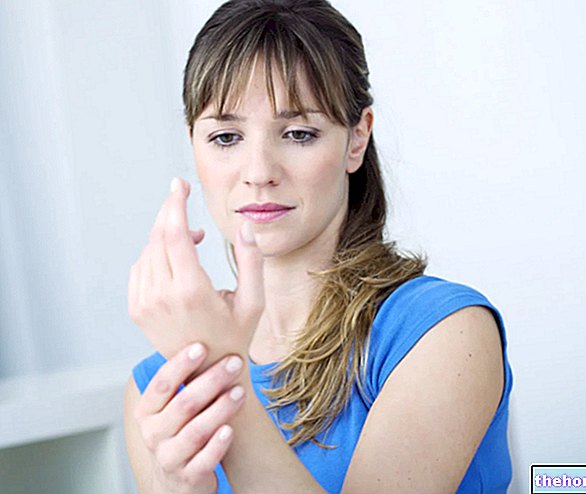
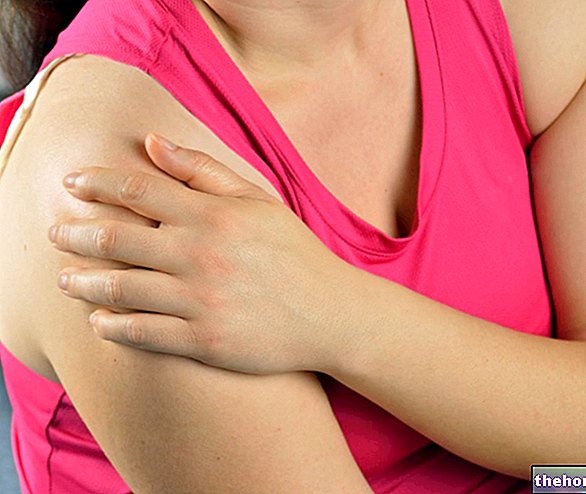
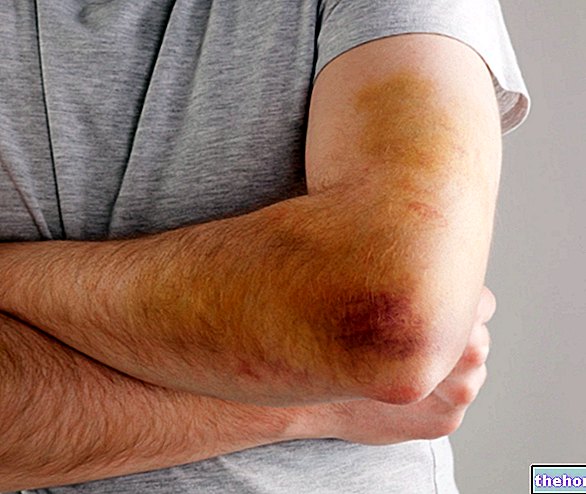
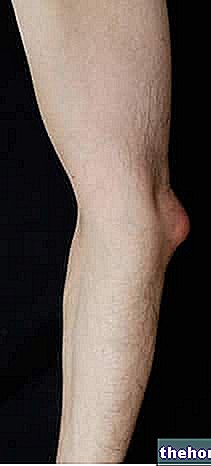
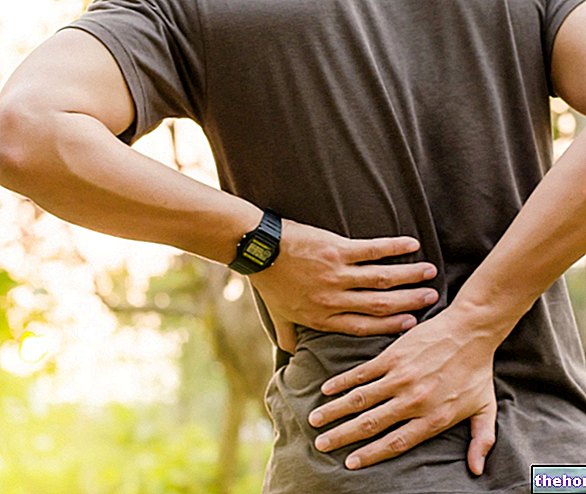


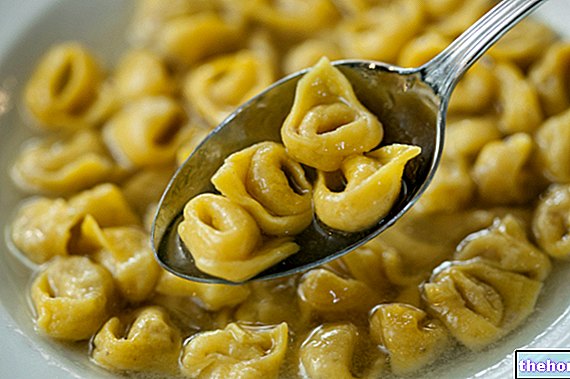
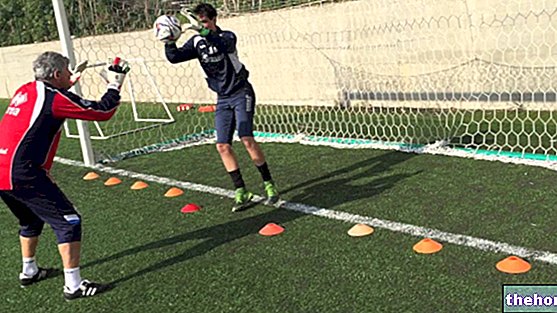





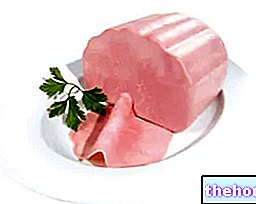

.jpg)



